| meteor |
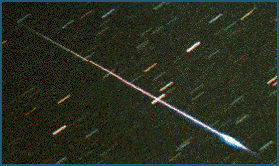 |
Meteoroids are pieces of floating space debris. They can be as tiny as a pebble or as big as a boulder. While in space they are called meteroids, when they fall to Earth they are called meteors and if any survive the fall they are called meterorites or meteor rocks. |
| comet |
 |
Comets are large masses of rock, ice, dust and dirt orbiting through space. They follow their own cycles. When they get close enough to the sun the heat from the sun causes some of the ice to melt and creates the tail |
| Asteroid |
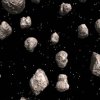 |
Asteroids are large pieces of rock like matter floating through space. Most of what we know from asteroids are from the asteroid belt that is inbetween Mars and Jupiter. The largest one is about the size of the state of Texas and called Ceres |
| Galaxy |
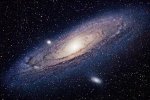 |
Galaxies are large bodies in space consisting of hundreds of solar systems. They come in a variety of shapes such as spiral, eliptical and some are oddly shaped. |
| Nebula |
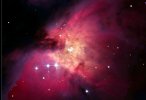 |
Nebulas are gas clouds in space. Some are the remains of a star after it had supernovaed. They can also became a star when the center's gravity becomes strong enough to compund the rest of the cloud into it creating plasmatic energy. |
| Pulsar |
 |
A Neutron or dead star that did not explode that pulsates with magnetic energy. |
| Quasar |
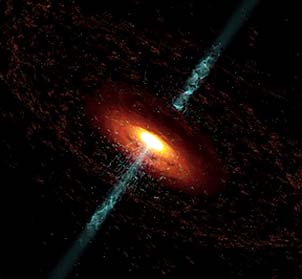 |
Distant Galaxies with an active galactic nucleus or center. They are powerful and full of energy that emits beams of visible light and electromagnetic energy. |
| Black Hole |
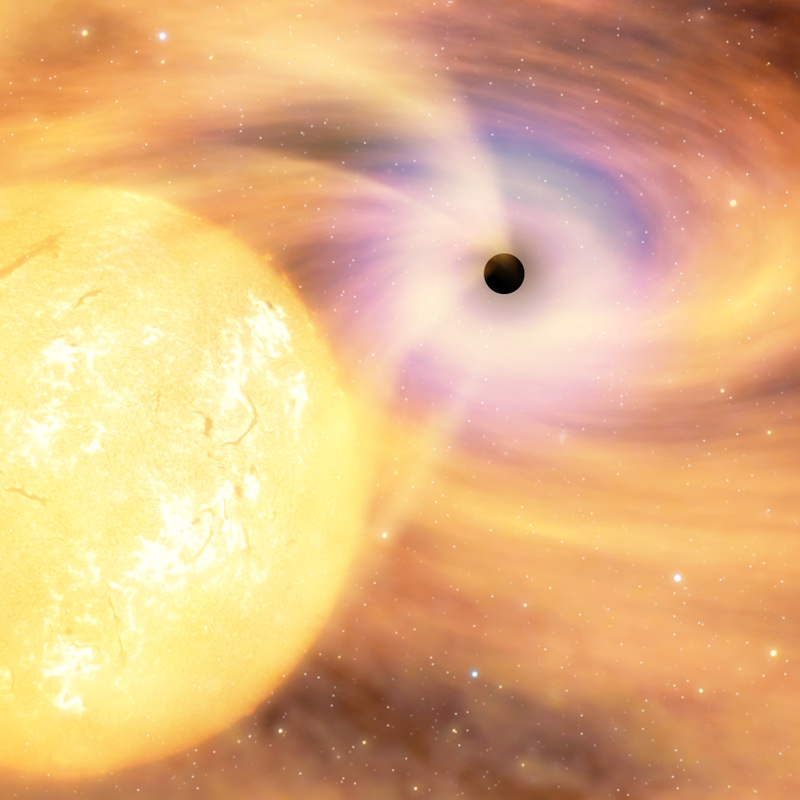 |
A collapsed Star that has created a center of gravitational pull so strong that not even gravity can escape. Some have theorized that one can travel through one blackhole and exit through another in another part of space. Others have theorized that the hole itsefl is no larger than a single atom and everything that is pulled through has its molecules seperated. |







